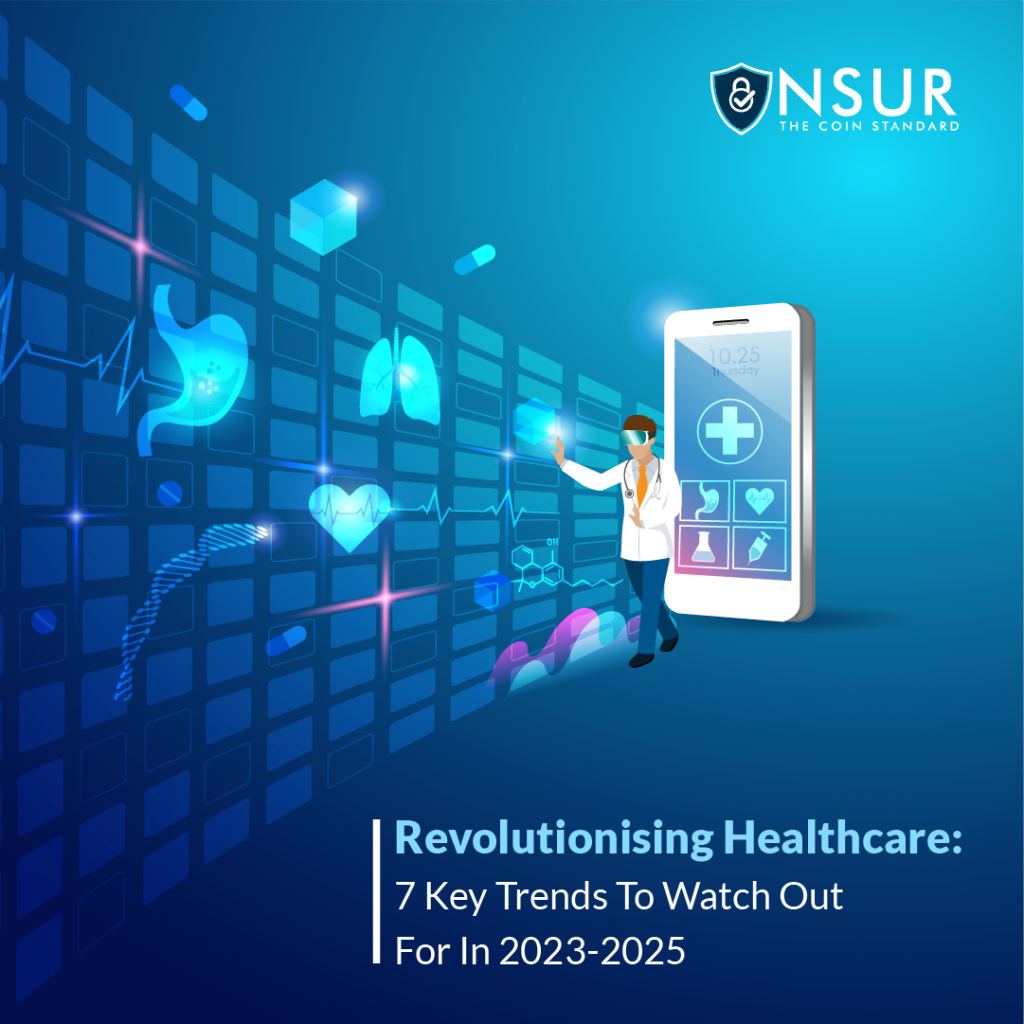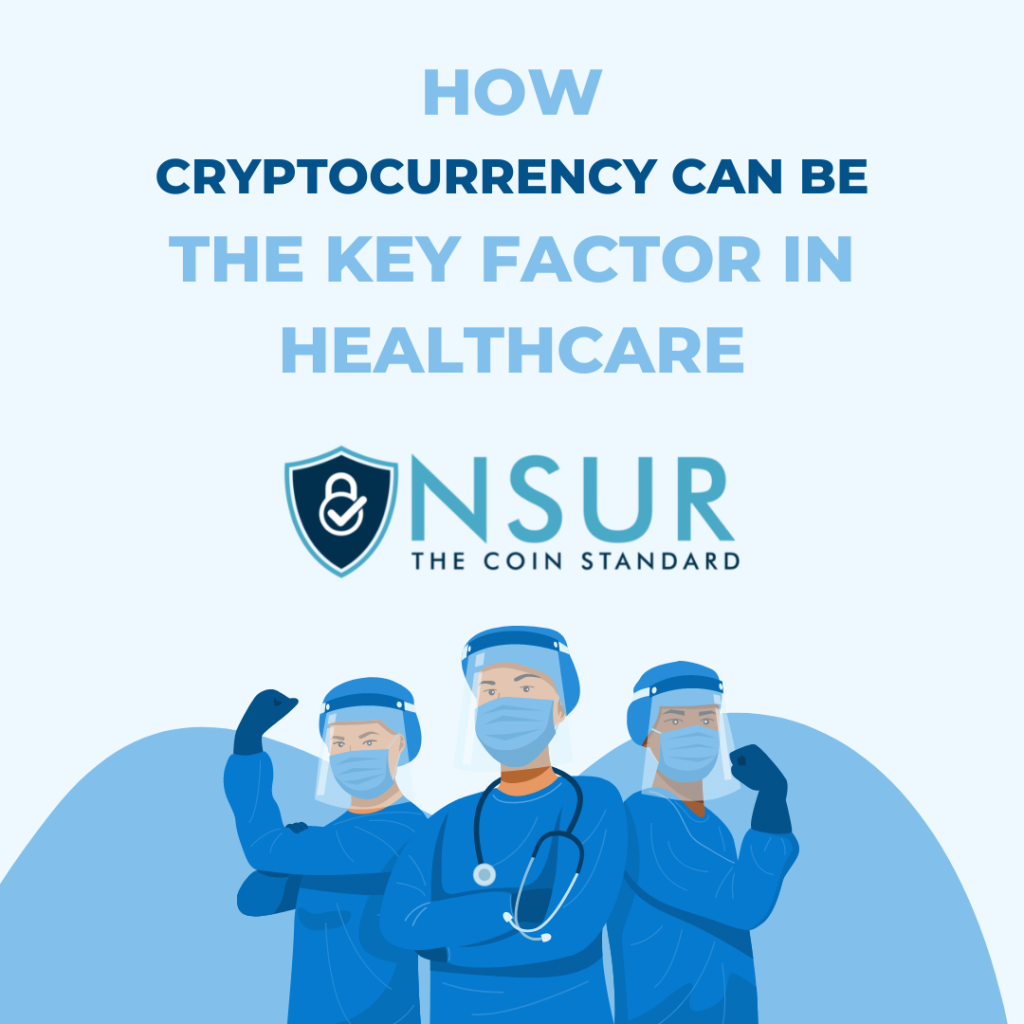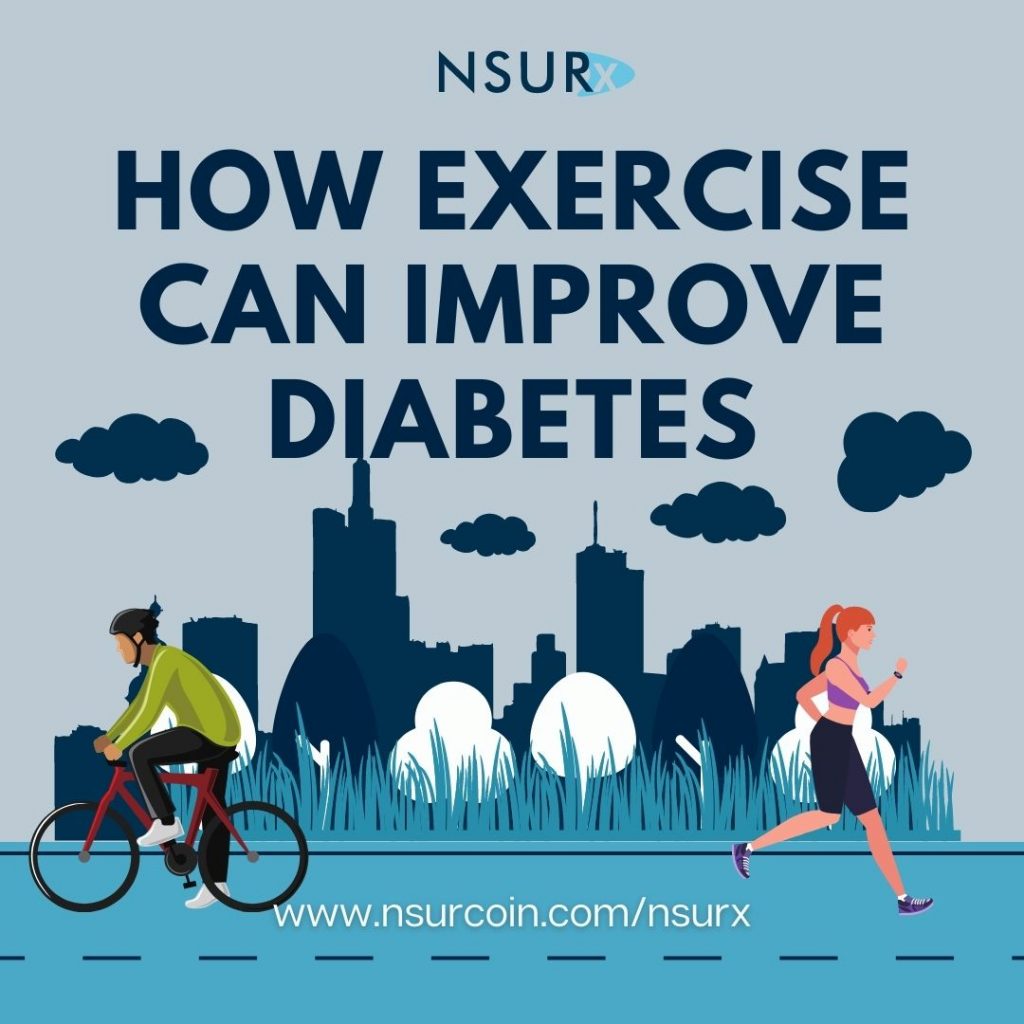
We are witnessing a continuous transformation in the healthcare industry over the past decade, and the year 2023 will not be any different. Technology is changing healthcare trends to meet the changing needs of society. The world will experience increased awareness, with key focuses ranging from the implementation of digital healthcare innovations to population health management.
In this article, we will look at 7 key trends that will shape the future of healthcare from 2023 to 2025.
Digital Health is transforming healthcare
The concept of digital health encompasses the use of technologies to improve health care, including telemedicine, wearable devices, and health apps. Digital health is transforming healthcare by making it more convenient, accessible, and affordable. Patients can now receive medical care in the privacy and comfort of their own homes through remote patient monitoring and telehealth. Remote patient monitoring programs are available from healthcare providers, allowing patients to recover from surgery at home while reducing hospital admissions and emergency room visits.
Wearables and healthcare apps allow patients to monitor their health. They can collect their health and fitness data, save, and share it digitally with doctors, health providers, and other relevant parties. Insurers can also benefit from these digital health platforms to provide more personalized and accurate health plans to users. Some examples of smart health wearable devices and applications include fitness trackers, blood pressure monitoring and biosensors, smartwatches, and mobile apps. Digital health is also assisting in the reduction of healthcare costs by increasing efficiency and decreasing the need for in-person visits.
Value-based care
A value-based care model is a healthcare service model that aims at improving patient outcomes while cutting down healthcare costs. Compared with traditional fee-for-service models, value-based care benefits healthcare providers by providing patient-centered care that leads to a better patient experience. This value-based care model improves health outcomes by motivating healthcare providers to focus on prevention and early intervention rather than just treating illnesses. Achieving value-based care is a long-term goal, which involves a forward-thinking approach towards reducing healthcare expenses, enhancing healthcare outcomes, and, above all promoting a patient’s holistic health and wellness.
Artificial Intelligence (AI) and Machine Learning (ML) are revolutionizing healthcare
The healthcare sector among many other industries has undergone a revolution due to the advancements in AI and ML. These technologies have altered our perspective on how healthcare is delivered today, by enabling improved diagnostics, personalized treatments, and better quality care. AI and ML are already demonstrating their capabilities in analyzing vast amounts of patient data, identifying health patterns, and leading to early diagnosis and streamlined treatment plans.
They refer to a group of technologies that allow machines to comprehend, sense, learn, and act like humans, performing a range of clinical and administrative healthcare functions. The adoption of AI in healthcare is driven by the need to reduce healthcare expenses, handle complex healthcare datasets, and meet the growing demand for improved healthcare services.
Personalized Medicine is a new approach.
The concept of treating patients as individuals is not new, but personalized medicine is a novel approach in modern medicine. It is a healthcare model that provides customized medical treatments to individuals based on various factors such as genetics, medical history, lifestyle, and environment. This approach is becoming very popular because it not only can reshape disease management and better treatment plans for patients. But also holds the potential to improve patient experience and reduce healthcare costs. Healthcare providers can develop more effective treatment plans that are tailored to each patient’s needs by identifying the root causes of illnesses.
Germany has established centers for personalized medicine (ZPM) at their university hospitals intending to make progress in personalized medicine that can be made available to patients.
Cybersecurity in Healthcare
Cybersecurity in healthcare is becoming very important as patient data is stored and shared on many digital platforms. Healthcare IT security is constantly dealing with increasing cyber threats that could harm patient data and safety. Many times, health organizations have to compromise patients’ data and disturb medical services in a cyber-attack. To ensure the continuity of medical services, the medical industry must devote cybersecurity resources to protect patient data and systems from cyber-attacks. As part of it, organizations are protected from internal and external cyber-attacks, medical services are available, confidentiality is maintained, medical equipment and systems are properly functioning, maintains patient data integrity, and industry regulations are followed.
Population Health Management
An important part of population health management is identifying health issues and directing resources toward improving the health of the population. In this model, health is determined by social factors, such as access to healthcare, data analytics, cultural sensitivity, education, and community outreach, among many factors. It is possible to improve community health while lowering healthcare costs when healthcare providers address these factors. Some population health management initiatives include New Ulm, Minnesota, Rhode Island Health Equity Zone
Healthcare Workforce
The most valuable resource in healthcare is its workers, but health workers face several challenges. In terms of workforce planning, training, deployment, and overall well-being, current approaches fail to reflect future healthcare realities. To effectively meet the needs of patients and staff, health organizations and systems will have to rethink their ways of doing business.
Universally, there is always a shortage of healthcare professionals. professionals, particularly doctors, nurses, and paramedical staff are facing high levels of stress, which is leading to burnout and breakdown. To deal with these issues, healthcare organizations must invest in healthcare education and training programs to ensure a steady supply of qualified healthcare professionals. The healthcare industry needs to give importance to creating supportive and collaborative work environments with adequate resources, benefits, and compensation for healthcare professionals.
Moreover, advancements in technology and telemedicine are novel opportunities to tackle healthcare workforce challenges. By using telemedicine, healthcare organizations can broaden their reach and offer care to remote areas. It also provides more room for flexibility in the work schedule for healthcare professionals, leading to minimal burnout.
While these all issues are addressed, the healthcare workforce can provide high-quality care ensuring the sustainability of the healthcare industry. Healthcare organizations must invest in education, training, and support programs for healthcare professionals while also integrating technology to improve workplace access and flexibility.
Final Thoughts
These 7 healthcare trends will shape healthcare’s future by making it more accessible, efficient, and effective. Healthcare professionals must stay informed about to provide quality care and improve patient outcomes. By embracing these trends, healthcare providers can improve the overall health of their communities while also lowering healthcare costs.










